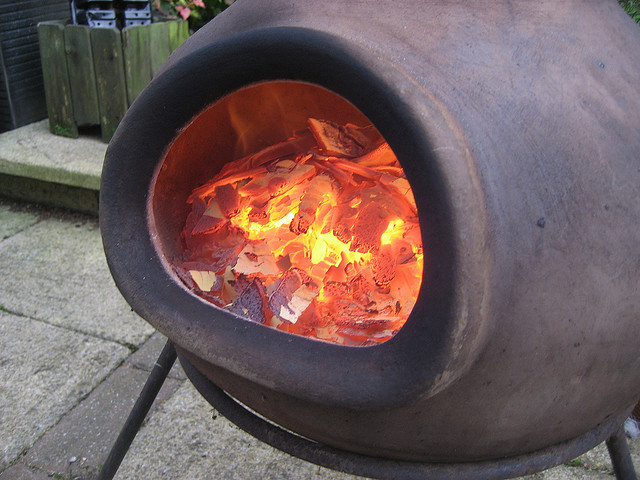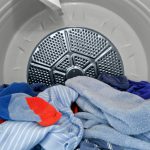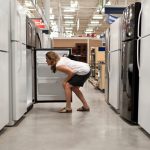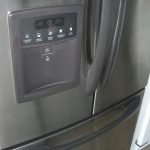The crisp weather and early fall of darkness this season create ideal conditions for spending time around your chiminea. Whether you have large parties or the intimate company of friends and family in mind, there are a few tips that can enhance your enjoyment of this wonderful outdoor feature that gives warmth and light to any occasion.
Placement and fire safety
There are three general materials from which chimineas are made – cast iron, clay, and with some tabletop varieties, even glass. The first precaution everyone needs to remember is to select a fireproof surface for yours to rest atop. In the case of cast iron and ceramic chimineas, they’re extremely heavy, difficult to move, and have a tendency to break when dropped. As well, your lower back won’t thank you if you suddenly develop a case of indecision.
Current statistics indicate that nearly everyone is a fan of not being on fire, so choose your location carefully; a spot well away from vegetation, wooden surfaces, and flammable patio furniture cushions—and guests—with a base of concrete, flagstone or brick is ideal. Cast iron chimineas have a cap or cover over the top of the stack, which reduces and redirects the heat coming from the mouth of the stack. However, with ceramic varieties, the hot air and sparks emerging from it have quite a bit of force. For this reason, it’s vital that you place your chiminea clear of overhanging branches or nearby trees. The biggest buzz-kill for a party is an uncontrolled burn.
When in use
While it may seem like plain common sense, some people forget how hot the surface of chimineas become and remain when used. Even after you’ve encouraged the fire to die and your friends to go to their chiminea-less homes, both cast iron and ceramic varieties will retain heat for many hours. Be safe and just don’t touch it. As well, all chiminea fashionistas this season will be sporting their heavy leather gloves. Get in on the trend and purchase a pair of sleeved oven gloves that are designed to protect you from the heat when adding fuel to your fire.
Building a fire nest
Again, with ceramic varieties before laying a fire, create a bed of pea gravel and sand, which will fill the bowl to approximately two inches below the lower lip of the front opening. This will keep hot coals away from direct contact with the ceramic and encourage smoke to go up through the chimney. If you don’t elevate the fire, the smoke will pour out of the front and your party will be relocated swiftly.
Now that you’ve got the knowledge you need to protect yourself around your chiminea, protect your home with a warranty from American Home Shield. Should anything go wrong with a major system or appliance, you’ll be covered.
Post Author: andyc.




